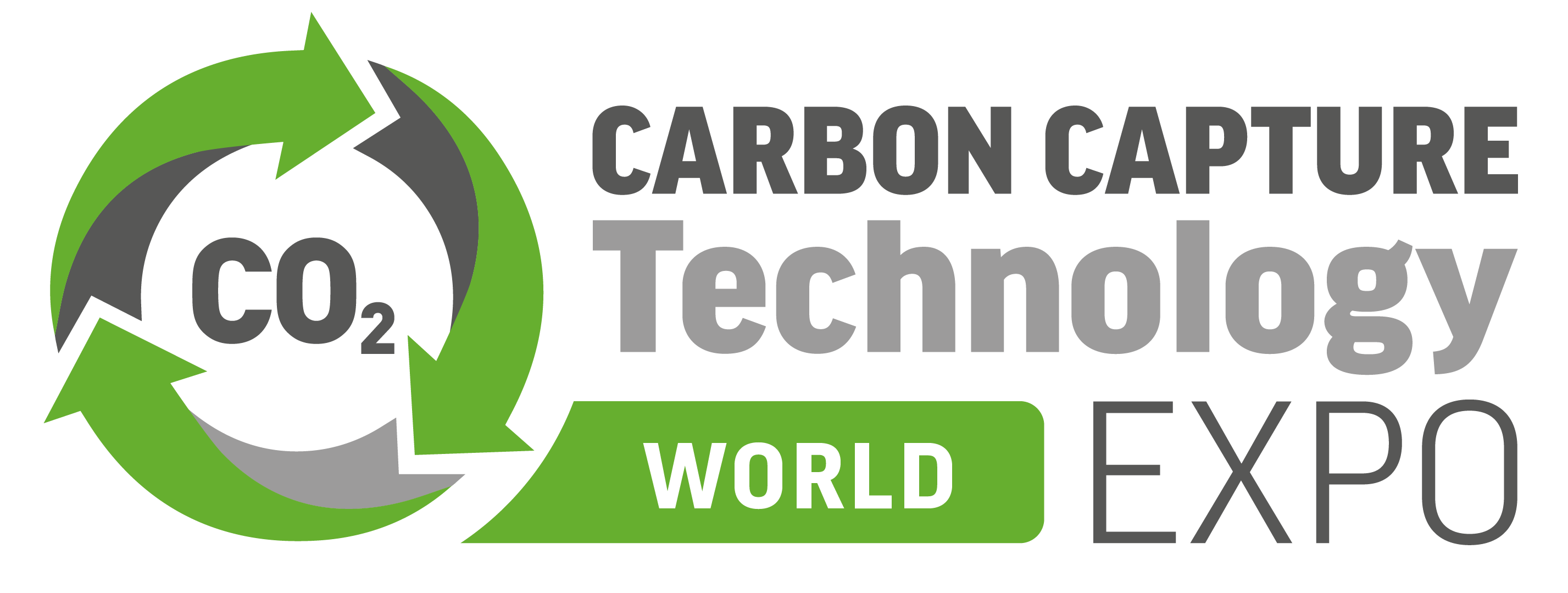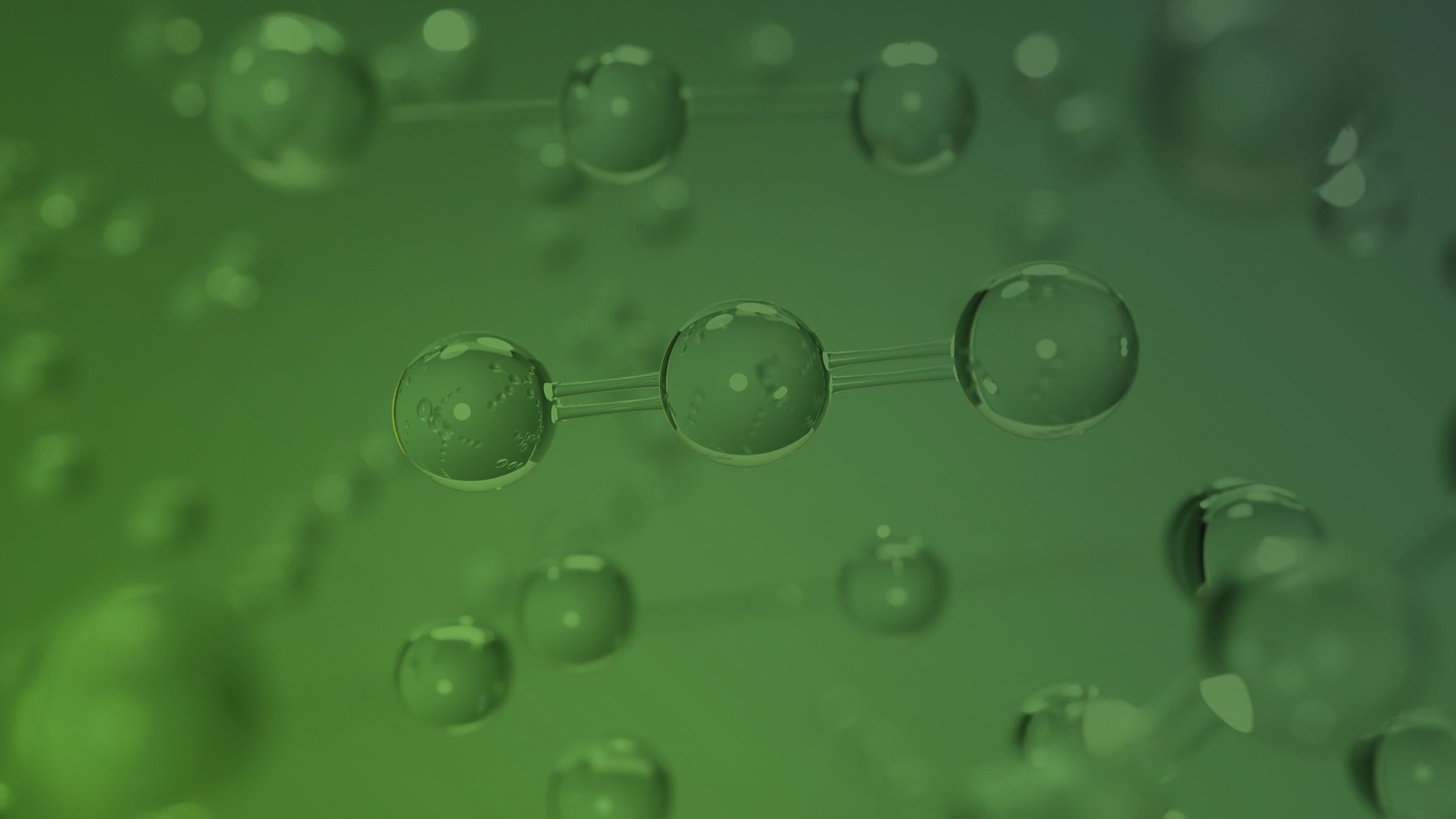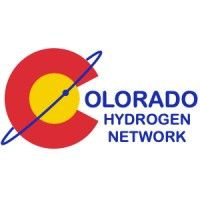Critical Considerations of Safety and Technical Arrangements in Green Hydrogen Production
This paper presents the critical process safety measures implemented during the commissioning of a 60 Nm³/h green hydrogen generation and blending facility in India. The project integrates alkaline electrolysis for hydrogen production with existing natural gas infrastructure, aiming to significantly reduce CO₂ emissions while ensuring safe and reliable operations.
Key safety strategies included precise control of caustic lye pH and concentration within the electrolysers to prevent corrosion and ensure stable hydrogen output. To maintain product purity, a carefully selected catalyst bed was used for effective moisture removal from hydrogen and oxygen streams. Advanced flow control valves and real-time gas composition analysers ensured safe blending of hydrogen with natural gas, mitigating flammability risks.
The project also addressed construction and commissioning safety challenges, implementing proactive risk assessments and mitigation strategies. Since solar power is not available at night, the facility was designed to manage nighttime operations using stored hydrogen while maintaining pressure stability.
To enhance overall safety, multiple protective layers were incorporated, including non-return valves to prevent backflow, pressure relief systems to handle excess gas, and comprehensive emergency shutdown protocols for rapid response to abnormal conditions.
This case study highlights the successful integration of green hydrogen into existing industrial operations while prioritizing process safety management. The lessons learned can serve as a model for future hydrogen projects aiming for safe, sustainable, and efficient deployment in industrial applications.





)
)
)
)
)
)
)
)
)
)
)
)
)
)
)
)
)
)
)
)
)
)
)
)
)
)
)
)
)
)
)
)
)
)
)
)
)
)
)
)
)
)
)
)
)
)
)
)
)
)
)

)
)

)
)
)
)
)
)
)
)
)
)
)


)
)
)
)
)

)
)

)
)
)
)
)

)
)
)

)
)
)
)
)
)
)
)
)


)
)
)

